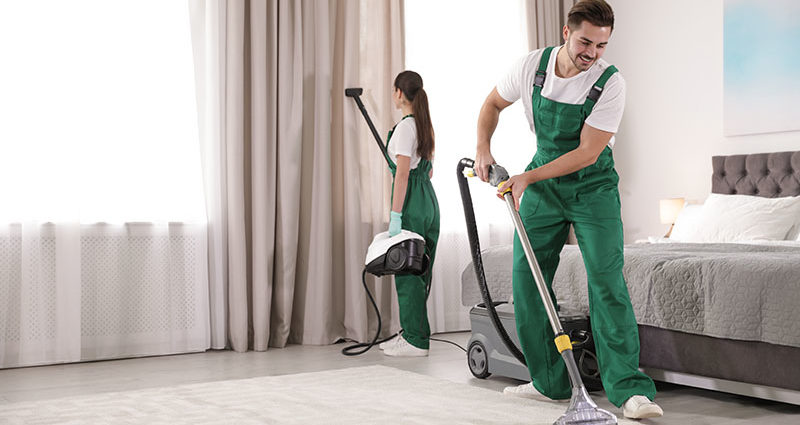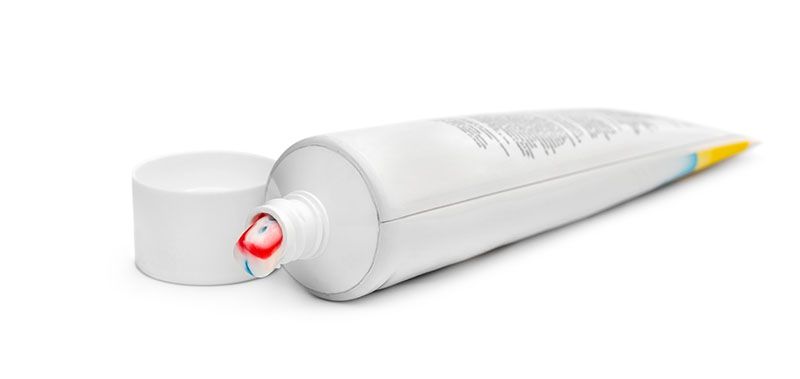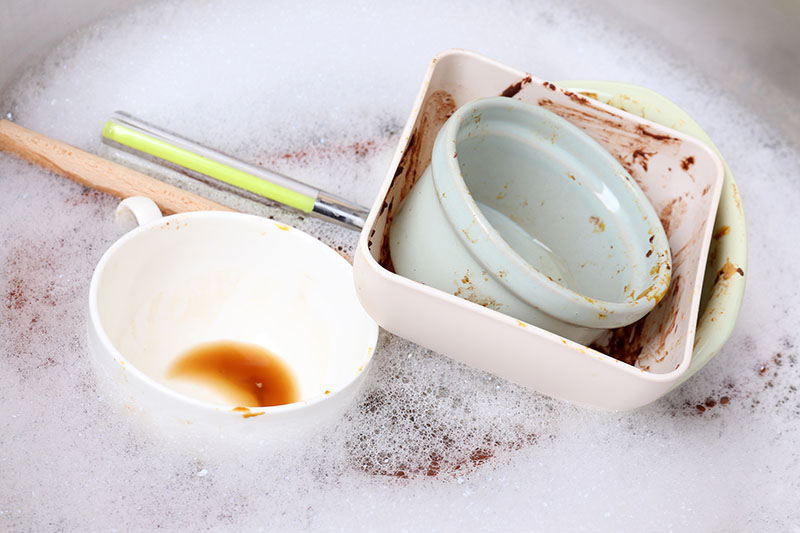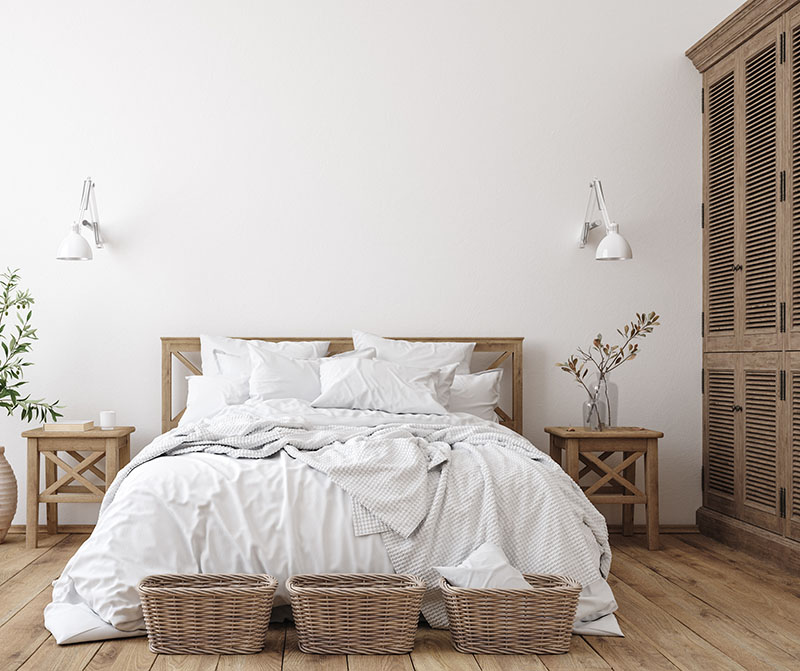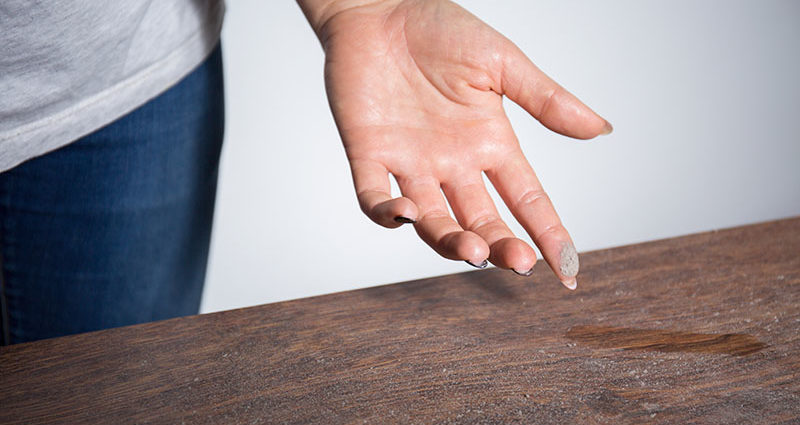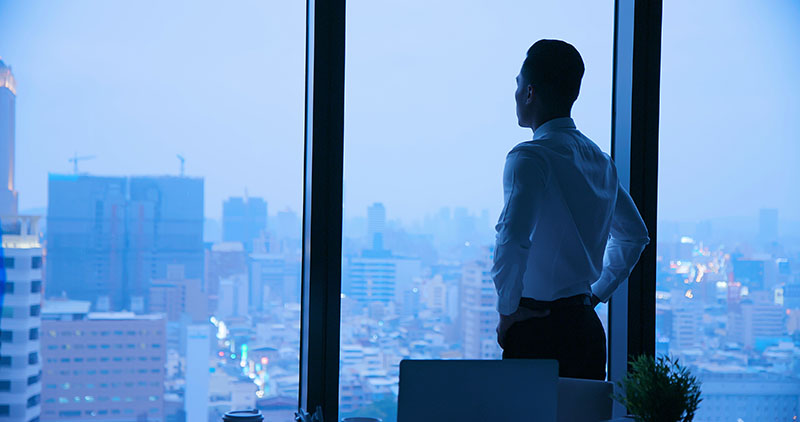Amid the global coronavirus pandemic, more and more people are looking for the most effective ways to protect themselves and their families against the risk of becoming ill.
We consciously take personal protection measures, such as wearing masks outdoors, cleaning and disinfecting hands more frequently, and avoiding crowded places as possible, for example, shopping for two weeks at a time.
So far, it hasn’t been proven that buying large amounts of toilet paper can do anything to keep you away from the virus. However, you should take proactive steps and regularly disinfect surfaces at home and in the workplace (if you’re still going to work) in addition to your extra personal hygiene efforts.
But how is disinfection different from deep cleaning?
As the terms above are often used interchangeably, we have decided to set the record straight for you and explore the difference between sanitizing and cleaning in this post.
So:
If you are wondering how to best disinfect hard surfaces and textiles, you want to know what are the differences between disinfection and cleaning in more detail and you want to know what substances have been shown to be effective against viruses and bacteria,… then keep reading.
Disinfect vs. clean: what’s the difference?
The main difference between disinfecting and deep cleaning is that the first process is designed to kill all harmful bacteria, viruses and fungi on surfaces, while the second is associated with deep cleaning elements and surfaces with a range of disinfectant products that will remove dirt and germs, however, without the guarantee that all types of pathogens will be completely neutralized. In other words, the use of such a disinfectant will not necessarily kill 100% of the virus, which causes COVID-19 disease, or eliminate certain bacteria, it will only reduce a number of harmful microorganisms.
Let’s see, then, when deep cleaning and disinfection are used, on the one hand, and when disinfection is appropriate.
Deep cleaning and disinfection
Deep cleaning of floors, bathroom fixtures, items, food preparation surfaces, etc., can ensure that the above is clean and decalcified, as well as that common allergens and some types of bacteria are eliminated or reduced in number. The products used contain different types of cleaning agents, which, however, may not be effective against viruses, fungi and various types of dangerous bacteria.
Disinfect
Disinfectants are designed to completely kill all kinds of pathogens on a particular surface. The process is applied in medical facilities and laboratories, of course, in food production establishments and where it is necessary to increase the safety of people in particular circumstances and environments. Still, we must keep in mind that, depending on what the disinfectant contains, a particular product will be effective against a particular group of viruses or bacteria, but it may not be reliable against other types of pathogens.
Disinfection levels
Here we will not get too scientific, but it is good to mention that there are different levels of disinfection, depending on the main type of substance used to make a particular product. For example, alcohol-based disinfectants are classified as intermediate to high level disinfectants, depending on the percentage of ethyl or isopropyl alcohol in the product. Lipid-enveloped viruses, such as the coronavirus and various bacteria, will be removed with an alcohol-based disinfectant (over 60%).
Intermediate-level disinfectants, such as bleach and other chlorine-based products, are also effective against many types of pathogens, including fungi, viruses, and bacteria. Oxidizing agents like hydrogen peroxide are in the high-level disinfectant category, along with aldehyde-based biocides. These are used to disinfect medical equipment, for example, and can also be applied against non-enveloped viruses (norovirus, rhinovirus).
Low-level disinfectants can be, in fact, many types of all-purpose disinfectants that contain ammonium-based substances. These will have some antibacterial properties, but will not be the first choice in the fight against rapidly spreading viral diseases.
Last but not least, we must mention here the sterilization process and what it involves. In addition to chemical sterilization using high-level disinfectants, items and surfaces can be sterilized by irradiation, heat, and steam.
Again, sterilization is used to ensure that medical devices and food preparation equipment are completely pathogen-free, especially to avoid health risks, in relation to vulnerable groups of people (babies, hospital patients, etc.).
How to disinfect your home
But let’s go back to what you can do to disinfect your home (or workplace) during difficult times of a global health risk crisis that involves a highly contagious virus being on the loose.
Regularly clean hard surfaces with bleach. Or use another type of effective floor sanitizer.
Clean high-contact surfaces with an alcohol-based disinfectant (70%).
Surfaces and items that people constantly touch should be disinfected several times a day. These are all kinds of handles and knobs, light switches, furniture, food preparation surfaces, desks, bathroom / toilet surfaces and locks, appliance buttons, etc. (never apply the product directly to electrical accessories).
Clean carpets and upholstery with a hot water extraction machine. You should also consider professional cleaning of your carpets and soft furniture with a hot water extraction cleaning machine and a proven antibacterial / antiviral disinfectant. This measure is effective especially for vulnerable people in high-risk groups, who are about to be quarantined for a period of time.
Wash clothes at high temperature: Potentially exposed washable clothing, bedding, and rugs should be washed at high temperature.
Disinfect personal items. In addition to washing and disinfecting your hands more frequently, you should regularly disinfect items that you may be touching / using daily and / or throughout the day. Use an appropriate product to disinfect your phone, laptop, remote control devices, debit cards, and the like.
The importance of regular household cleaning
Cleaning your home regularly is important, to keep your indoor environment healthy and pleasant. We all know. And in the midst of a pandemic situation, this is even more vital.
Why? Disinfection is generally a health preventive follow-up measure after you first clean items and surfaces in your home. Or in other words, you wouldn’t disinfect your kitchen counter, covered in spots of dried tomato sauce, without first cleaning them, right? Make a routine to keep your house tidy and clean all the time so you can disinfect certain areas and surfaces more effectively. Call a professional for help: you can book our antiviral disinfection and disinfection service, which uses non-toxic, bleach-free products that are effective against a number of highly contagious viruses and dangerous bacteria. This is a high demand and highly requested service, performed by specially trained professionals. We at Perlimp are doing our part in these difficult times, so if you need more information on how we can help you disinfect your property, contact us! Disinfection of surfaces in the home should be done with proven antibacterial and virucidal products, so that the process has the desired effect.
Not all disinfectants are created equal: some low-level disinfection products are only useful for disinfecting floor surfaces, for example. To ensure you are protected in a pandemic situation, you must maintain a high level of personal hygiene, which includes washing clothes and disinfecting personal items more frequently in addition to washing your hands. And don’t be scared! After all, the use of common sense is good enough to keep you safe and protect any of your vulnerable loved ones.

